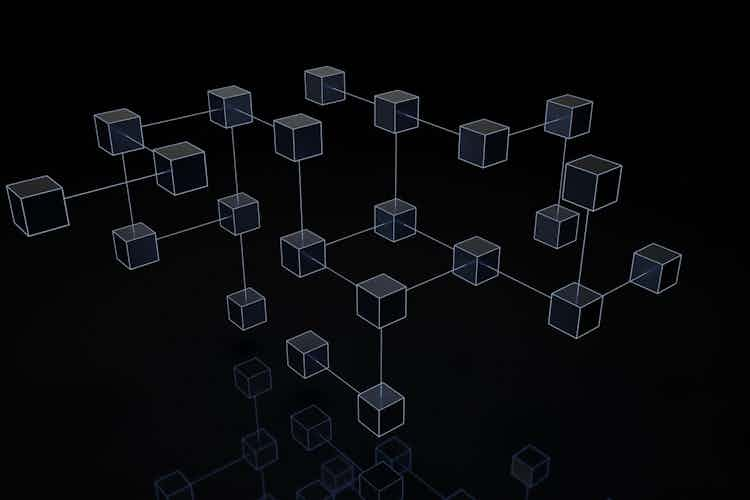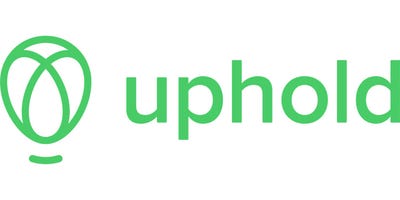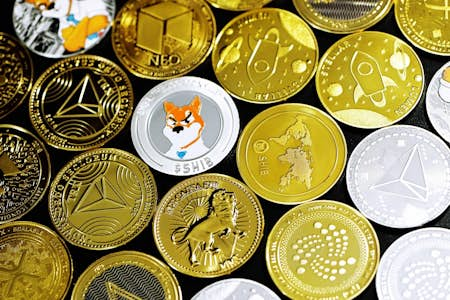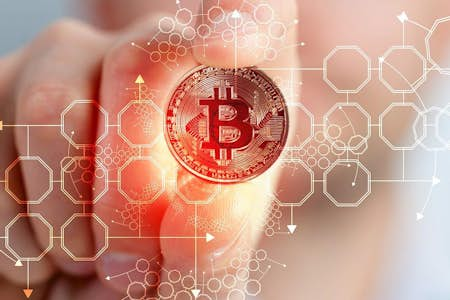Since its creation in 2019 by four Stanford graduates, Dr Nicolas Kokkalis, Dr Chengdiao Fan, Auerelien Schiltz, and Vincent McPhillips, Pi cryptocurrency has attracted the attention of Decentralized Finance (DeFi) investors worldwide. Named the "first digital currency you can mine on your mobile phone" on minepi.com, the project aims to make a currency that is as accessible as possible. Despite the Pi network's potential, controversy has surrounded the project over the past few years. Many questions need to be answered on how Pi crypto works.
By the 15th of March 2022, the Pi network had a user base of around 33 million and has only grown since. Expectations that the Pi network blockchain will soon be completed are currently at a high. People are beginning to mark this cryptocurrency as one to watch. Some YouTube videos even predict that the coin will make millionaires. The hype surrounding the currency is particularly high in Asian countries such as Japan and South Korea.
Discover the UK's leading investment platforms, whatever your investment goals. Click on a provider below to get started!
Pi and crypto mining
Before diving into how Pi mining works, it is worth discussing what crypto mining is. Used by a wide variety of cryptocurrencies, including Bitcoin and Ethereum, crypto mining is the process of verifying transactions and adding them to the blockchain. Blockchains are databases that share information across a network. To verify transactions, crypto miners use algorithms to solve complex equations. Whoever completes the equation first receives a reward in the form of cryptocurrency.
Crypto mining is usually an expensive process. Although plenty of free software is available online, mining requires high-end computing resources to make a profit. Not only are these computers used for mining bad for the environment, but they are also expensive to run. Rising energy costs have only made mining more inaccessible. As such, groups of miners often join together to make mining pools and reduce mining difficulty. Mining in a group increases computational power and efficiency when verifying transactions.
In response to the growing mining difficulty, the Pi network has created a currency minable on your mobile phone through the Pi app. All Pi users need to do is open the app and click the "mine" button to earn coins. Though this isn't crypto mining, as the coins are already pre-minted, it still is a cheaper alternative to traditional methods of mining currency.
The app separates its users into four roles:
- A pioneer is the most basic level on the app. Pioneers are users who log into the app daily to mine and prove they are not a robot. Everyone who enters the app starts at this level. Each pioneer must give copies of government-issued identification to validate their account.
- A contributor is a user who adds three to five active users to their security circle. The requirements of these added users are they must be both human and trustworthy. Once given the contributor role, the user's mining rate increases by 0.1 Pi coins per hour. To qualify as a contributor, users need to log into the app at least three times.
- Ambassadors are users who invite others to join the Pi network using their invitation code. With each new user the ambassador brings in, their mining rate increases by 25%. If, for example, the user has invited four friends to join the network, their mining rate will double.
- A node is a user running a Pi network node on a desktop. A node is a desktop connected to and able to communicate with other devices on the network. Users who decide to take up this role also get an increase in mining rates. Nodes in Pi run on a Stellar Consensus Protocol, meaning the network protects its ledgers using a peer validation procedure rather than proof of work (PoW) protocols.
Pi's roles intend to build as big a blockchain ecosystem as possible. This aim aligns with the team's goal of creating a currency for daily use.
Pi network has a halving method in place to join the Pi network quickly. Each time the amount of users increases times 10, the mining rate for new users halves. Mining will end once the project enters phase four. The earlier you invest in the Pi network, the more likely you will profit upon its release into the open market.
The value of Pi Coins
Currently, the Pi network mainnet is still in development. A mainnet is the blockchain that enables cryptocurrency exchanges. Without a completed mainnet, Pi tokens have no official value with no way to buy or sell them. The Pi team has also announced plans to launch a digital wallet and payment platform allowing users to complete transactions using Pi coins.
The delays in the Pi network's official launch have led to much discussion on whether the network is a scam. Unfortunately, the only honest answer is that time will tell. There is no guarantee Pi coins will have any value. There's also no way of telling whether the value of Pi coins will skyrocket or plummet upon their release.
Many experts have predicted that the coin will drop in value upon its release. A drop in the coin's value would be a consequence of people being desperate to offload the coins after waiting so long for their release. If this happens, expect people to buy the currency at its lowest and wait until the price rises before they sell. This prediction is sound, but there is no way of telling whether the price of Pi will increase again after crashing in value.
The controversy surrounding Pi Network
Controversy and backlash surround the pioneers of the Pi network. The Pi app relies on multi-level marketing, meaning that some have accused the network of being a pyramid scheme. However, it is safe to say that Pi is not a pyramid scheme. The Pi app separates itself from pyramid schemes because users can only profit from direct referrals. The original user receives no reward if the users who have joined the app through their code invite more people to the network.
It is worth noting that Pi is not without its risks. When you join Pi, you must give personal details to the app to ensure you are an actual user and not a bot. This process has led some to suspect that Pi mining is a front for a scheme to accumulate personal data to sell for profit. People have used the delays to the Pi network's completion as evidence to support the claim. However, the Pi network team seems focused on ensuring their users are human. In addition, the launch into phase four has taken so long because the team is continuing to perfect its KYC (Know Your Customer) standards. Therefore, it may not be surprising that Pi's core team is being careful about who they let join the network.
In December 2022, investors may have seen exchange listings for Pi coin on trading networks such as Huobi. These listings, made by parties independent from the Pi team, have since been removed. Pi cryptocurrency, in its current state, remains untradeable until the project enters stage four, which will only happen once the Pi blockchain is complete.
Notably, the Pi network and the Pi network Defi token listed on several DEXs are unrelated. The Pi network Defi runs on the Binance blockchain, allowing people to lend and borrow globally.
Many experts expect the project to enter phase four by the end of 2023. Do not gamble much on this, though. The project has been delayed several times in the past few years.
Is Pi coin worth the investment?
The question on everyone's mind is whether Pi is worth investing in. Unfortunately, Pi is a new cryptocurrency, and its mining method is unique, so making a Pi network price prediction is difficult.
Pi does aim to create a more accessible form of cryptocurrency. In addition, Pi's mining method does not need high-end computing resources, meaning anyone with a mobile device can mine Pi coins. These two factors could make Pi more environmentally friendly and widely used than other cryptocurrencies.
With all this, it is essential to know that investing in Pi is not a direct financial risk in its current form. All you need to begin mining is a smartphone and an invitation code. Invitation codes are available online through a quick google search. The process of mining is simple and not in any way time-consuming. All that is required is to log into the app once every 24 hours.
Like all cryptocurrencies, Pi is also decentralized. Decentralized networks are networks separated from a controlling body like a government. Decentralized networks are often harder to manipulate and have fewer weak points across the network.
It is worth noting that the Pi network is brand new compared to established cryptocurrencies like Bitcoin (BTC) and Ethereum (ETH). This newness means a greater risk of fraudulent activities surrounding the app. There is also a lot of conflicting information surrounding the project online. Therefore, it is difficult to decipher whether the app is a scam. The only way to determine whether the Pi network is legit will be once crypto exchanges with Pi are made possible.
Pi crypto in the present
Pi cryptocurrency is a unique form of cryptocurrency. The network's white paper aims to create a more accessible currency and user-friendly approach to crypto mining.
With no official way to buy or sell them at the moment, the future price of Pi is still uncertain, and it seems unlikely the team would begin circulating supply in the current market.
Pi cryptocurrency is an exciting development in the world of cryptocurrency. Its approach to mining and creating accessibility could make Pi one of the most used forms of cryptocurrency in the future. However, as with any cryptocurrency, it is essential to be cautious and consider the risks and benefits before investing time into the app.







